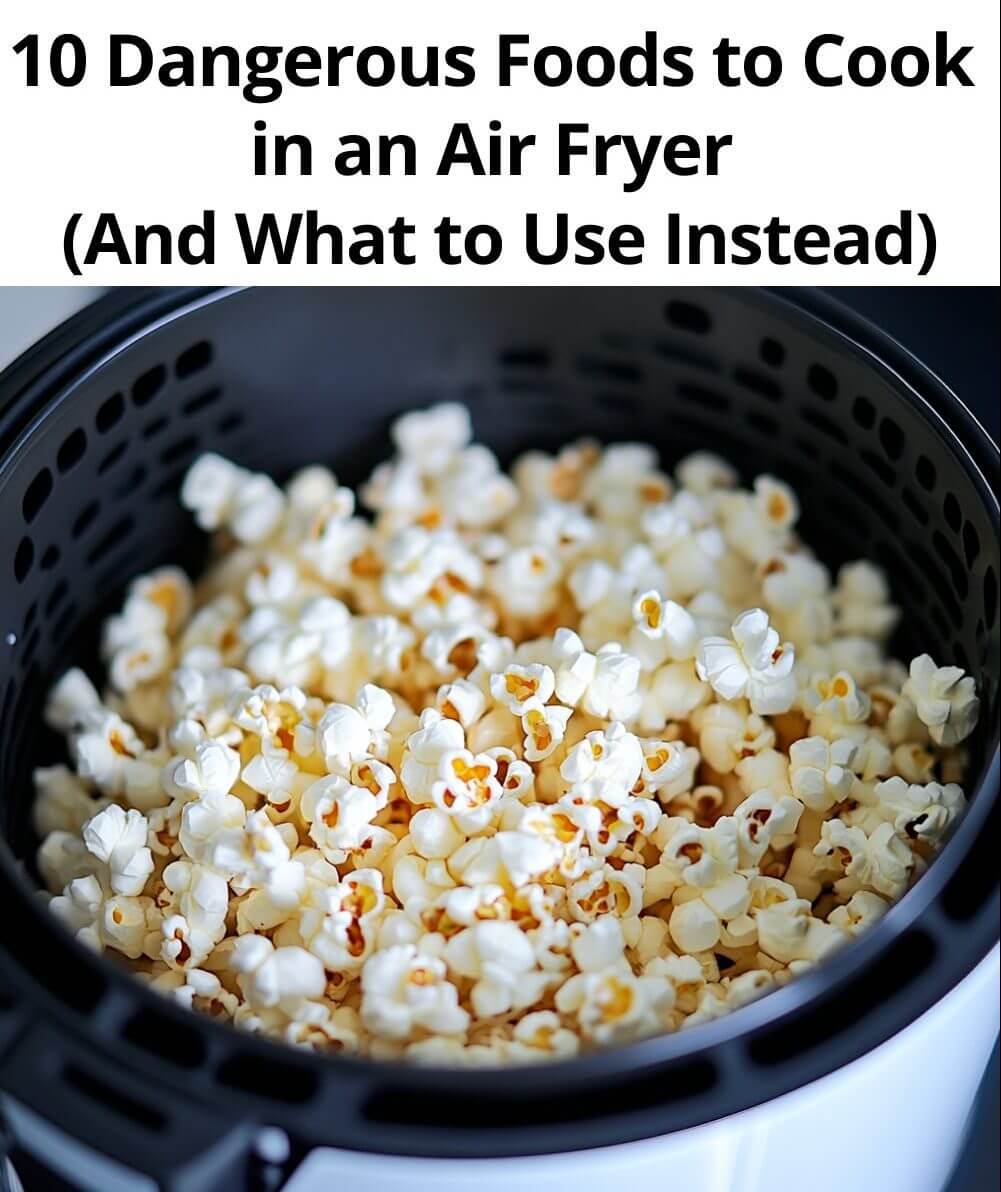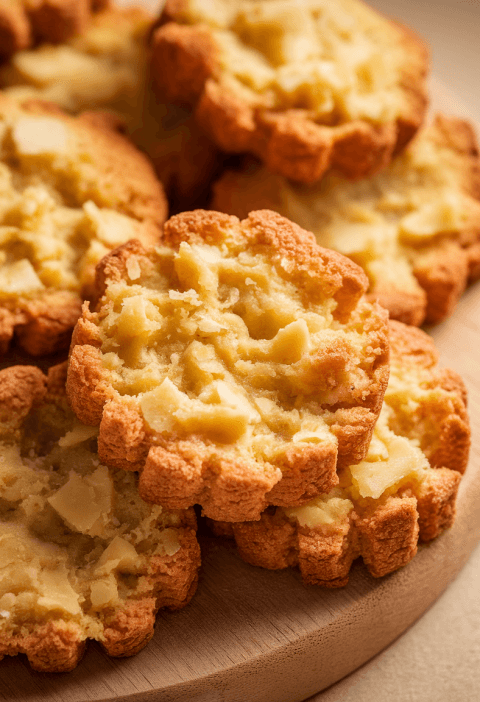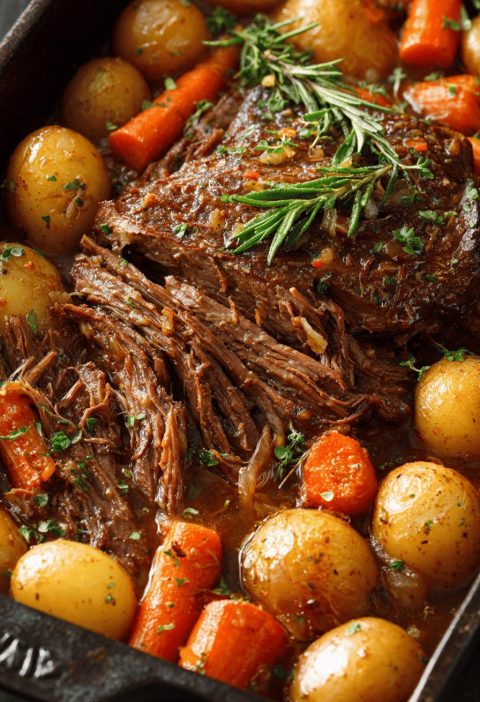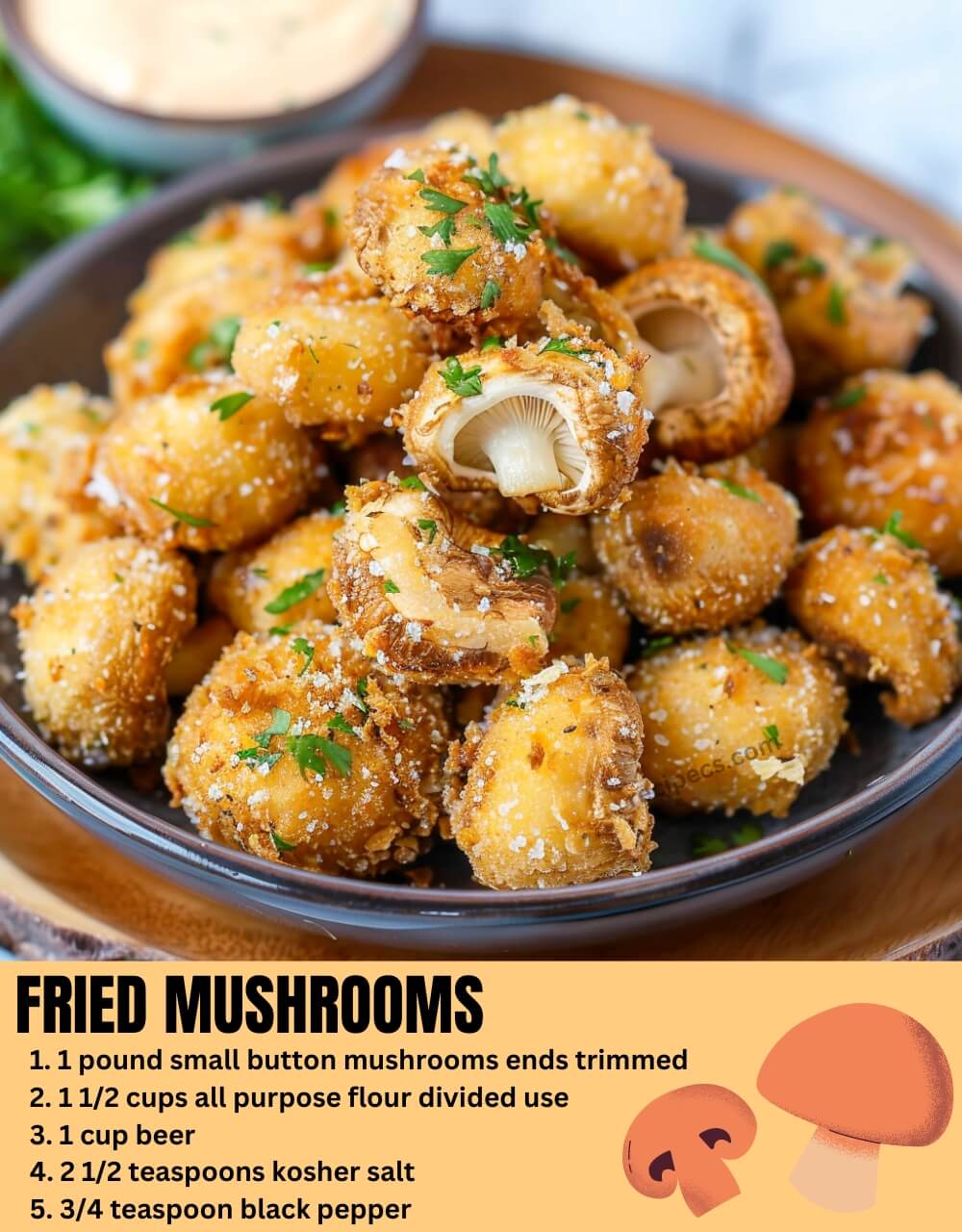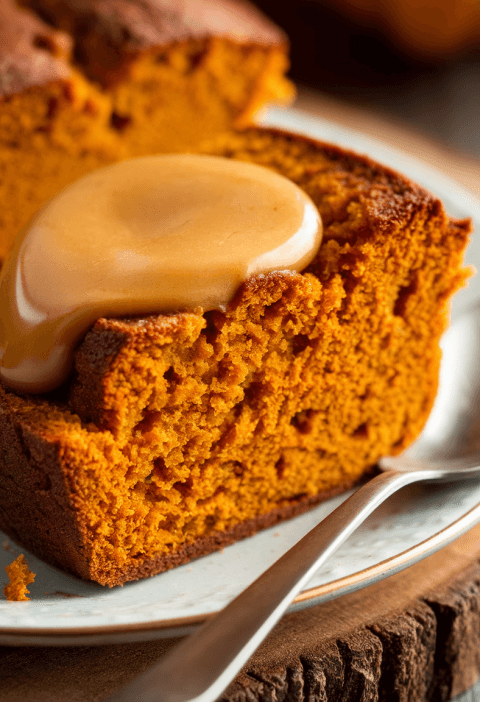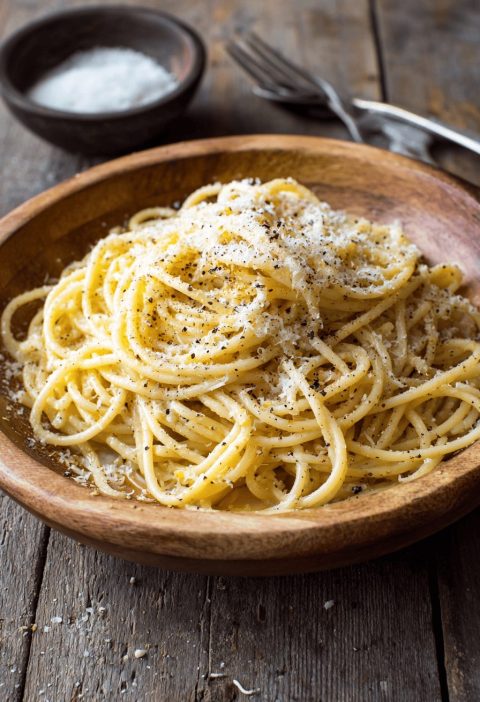Would you like to save this?
Air fryers have quickly become a kitchen staple, thanks to their ability to produce crispy, delicious meals without the need for excessive oil. But while they may seem like the perfect alternative to deep-frying, it’s important to know that not all foods are suitable for this appliance. Cooking certain items in an air fryer can lead to potential health risks, damage your appliance, or result in unpleasant textures and flavors.
In this article, we’ll explore the top 10 dangerous foods to cook in an air fryer and why you should avoid them. We’ll also offer some safer cooking alternatives to ensure you’re getting the best results from your air fryer without compromising on taste or safety.
Why Not All Foods Are Air Fryer-Friendly
Despite the widespread belief that air fryers can handle almost anything, their unique cooking method poses challenges for certain types of food. Air fryers work by circulating hot air around the food at high speeds. This rapid air movement can result in uneven cooking or unappetizing results for some items, particularly those that need moisture or even heat distribution.
Understanding the Risks
Misusing an air fryer with the wrong ingredients can lead to:
- Health risks, such as consuming undercooked food.
- Electrical hazards, due to overheating or malfunction.
- Fire risks, if foods with high fat content produce excessive smoke.
- Messy cleanup, with sticky batters or melted cheese sticking to the basket.
Now, let’s dive into the top 10 foods you should avoid cooking in an air fryer and why.
1. Raw Grains and Rice
Why They’re Dangerous:
Grains like rice and quinoa require water and prolonged exposure to steam or boiling temperatures to cook evenly. An air fryer can’t provide the necessary moisture, leading to hard, uncooked grains that are unfit for consumption.
What to Use Instead:
Stick to a rice cooker, pressure cooker, or stovetop method to ensure fluffy, evenly cooked grains.
2. Unprocessed Meats
Why They’re Dangerous:
Air fryers have a tough time evenly cooking thick, unprocessed cuts of meat. Uneven cooking can lead to some parts being overdone while others remain raw, increasing the risk of foodborne illnesses like salmonella or E. coli.
What to Use Instead:
Use an oven or grill for larger cuts of meat, or opt for smaller, uniformly cut pieces if you insist on using the air fryer.
3. Foods with a High Oil Content
Why They’re Dangerous:
Items like fatty cuts of meat or dishes with a lot of added oil can cause excessive smoke and even trigger a fire hazard. The combination of high heat and high fat content may result in unpleasant odors and a greasy mess.
What to Use Instead:
Choose lean cuts of meat, or drain excess oil before placing items in the air fryer. This minimizes smoke production and reduces the risk of fire.
4. Entire Chickens or Large Cuts of Meat
Why They’re Dangerous:
Large cuts of meat or whole chickens can have unevenly cooked interiors while the exterior appears perfectly done. This is not only unappetizing but also poses a serious health risk.
What to Use Instead:
Break down large cuts into smaller, more manageable pieces, or roast the whole piece in a conventional oven, which provides a more consistent cooking environment.
5. Battered Foods
Why They’re Dangerous:
Batter tends to drip through the air fryer basket, creating a mess that’s difficult to clean and leading to unevenly cooked food. Without the quick-sealing effect of traditional frying, batter doesn’t set correctly, resulting in a soggy exterior.
What to Use Instead:
Opt for pre-breaded foods or coat items with a thin layer of flour or breadcrumbs before air frying.
6. Fresh Vegetables with Low Water Content
Why They’re Dangerous:
Vegetables like leafy greens or certain root vegetables can dry out quickly and burn in the intense heat of an air fryer. This not only ruins the flavor but also reduces the nutritional value of the veggies.
What to Use Instead:
Steam or roast these vegetables in the oven. If you want to air fry them, lightly coat them in oil to retain some moisture and keep a close eye on cooking times.
7. Cheese
Why They’re Dangerous:
Cheese melts quickly, and in an air fryer, it can turn into a sticky mess. The hot air can cause the cheese to drip through the basket, creating smoke and making it a nightmare to clean.
What to Use Instead:
If you want to use cheese, incorporate it as part of a dish where it’s more contained, like stuffed peppers or grilled cheese, using parchment paper to prevent dripping.
8. Legumes and Beans
Why They’re Dangerous:
Legumes and beans require moisture and long cooking times to soften. The dry, hot environment of an air fryer doesn’t provide the necessary conditions, leaving you with hard, inedible beans.
What to Use Instead:
Boil or pressure cook beans and legumes before adding them to any air-fried dish.
9. Delicate Fish
Why They’re Dangerous:
Thin fish fillets, like tilapia or flounder, can break apart or overcook easily in an air fryer. The high-speed airflow can strip away the delicate oils in the fish, resulting in a dry, rubbery texture.
What to Use Instead:
Opt for thicker fish like salmon or cod if using the air fryer, and lightly coat it in oil or butter to retain moisture.
10. Leafy Greens
Why They’re Dangerous:
Leafy greens like spinach or lettuce can become brittle and burnt almost instantly in an air fryer. The powerful air circulation can cause these light ingredients to fly around, leading to uneven cooking and potential fire hazards.
What to Use Instead:
Sauté or steam leafy greens, or use the oven to bake them into crisps at a lower temperature.
Safety Tips for Using an Air Fryer
While it’s crucial to know which foods to avoid, it’s equally important to use your air fryer safely:
- Follow Manufacturer Guidelines: Each air fryer model is different. Refer to the manual for food-specific instructions and recommendations.
- Preheat When Necessary: Some recipes call for preheating to achieve optimal results.
- Avoid Overloading the Basket: Cook in batches if needed to ensure even air circulation.
- Monitor Your Food: Check on your food periodically to prevent burning or overcooking.
Conclusion: Maximize Your Air Fryer’s Potential Safely
While air fryers are incredibly versatile, they’re not a one-size-fits-all solution for cooking every type of food. Being mindful of what works and what doesn’t will help you avoid safety risks, ensure your food turns out delicious, and keep your air fryer in good condition. Stick to the recommended foods and cooking practices to make the most of your air fryer’s potential without compromising on safety or flavor.

